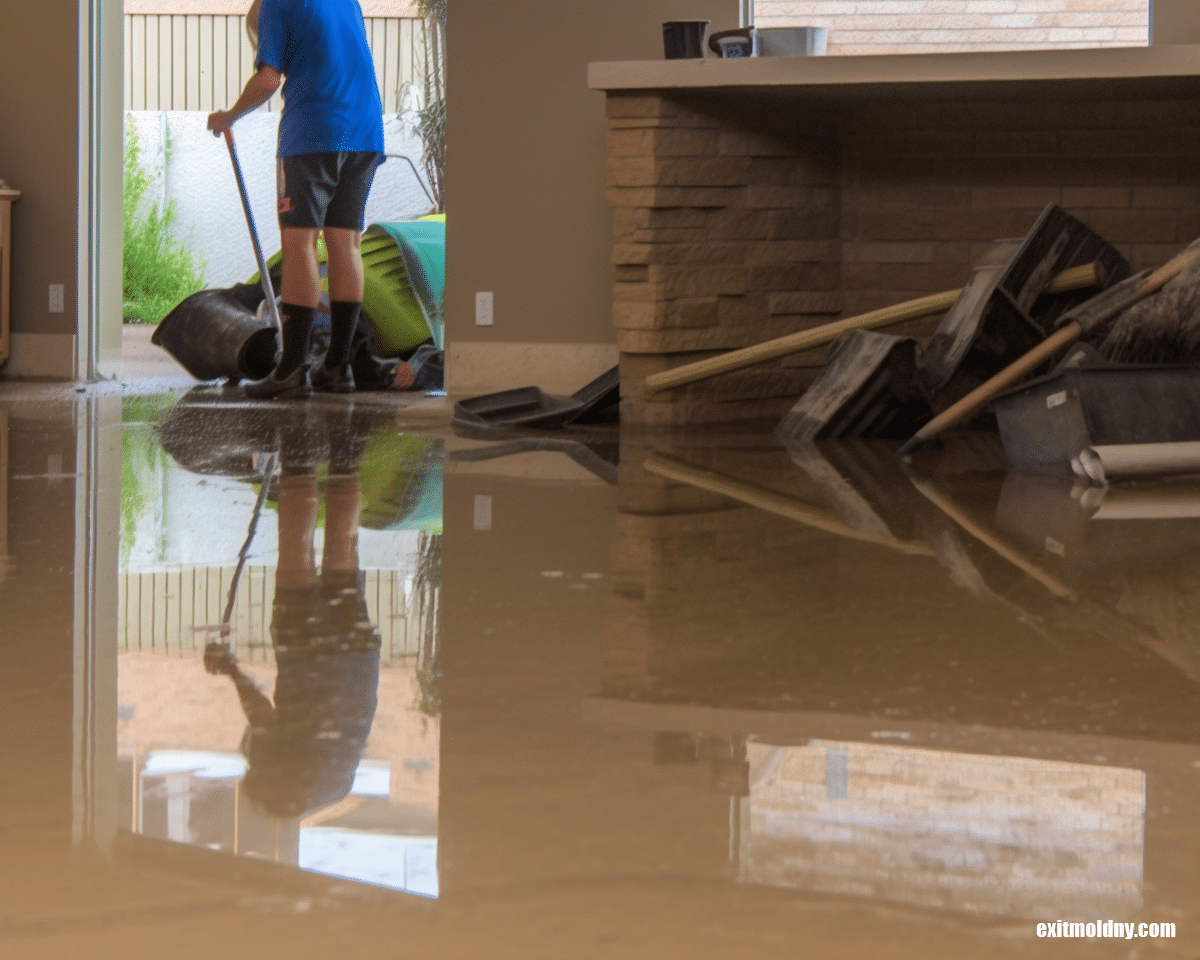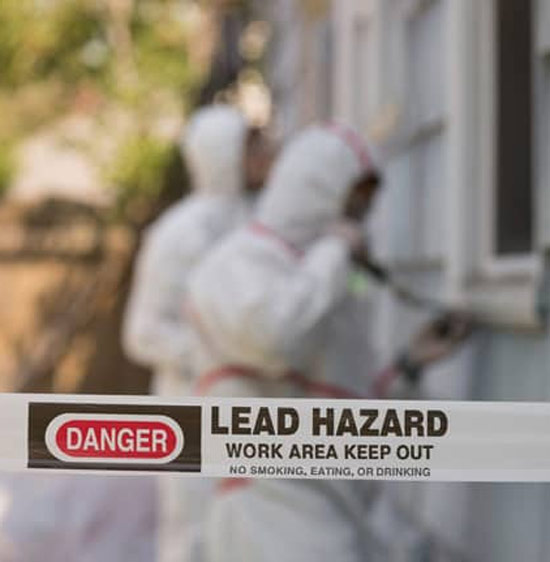Reliable DOH & HPD Lead Violation Removal in NYC-- Safeguard Your Residential property
Reliable DOH & HPD Lead Violation Removal in NYC-- Safeguard Your Residential property
Blog Article
Comprehensive Guide on Effective Lead Infraction Elimination Strategies
In the realm of ecological security, dealing with lead offenses requires a meticulous and organized method. This comprehensive overview begins by highlighting the vital initial actions of identifying lead threats with advanced evaluation and testing techniques. The guide elaborates on the significance of sticking to strict safety and security procedures throughout the removal process, consisting of the use of correct PPE and isolating influenced areas.
Determining Lead Hazards
Recognizing lead threats is a crucial very first step in alleviating the threats linked with lead direct exposure. Lead, a toxic metal, can be present in various environmental mediums, including paint, dirt, water, and dust.
The preliminary phase in determining lead dangers includes recognizing usual lead sources within the developed atmosphere. Frameworks developed before 1978 are especially vulnerable because of the prevalent use of lead-based paint during that period. Additionally, soil contamination can occur from deteriorating outside paint, commercial exhausts, or historical use leaded fuel.
An additional considerable resource is lead piping and plumbing components, which can seep introduce drinking water. Consumer goods such as playthings, porcelains, and imported products may additionally have unsafe lead degrees. Significantly, work atmospheres and hobbies including lead can track pollutants into homes.
Assessment and Screening
When addressing lead dangers, effective evaluation and screening are critical. First evaluation generally entails a visual evaluation to recognize potential lead resources, such as wearing away paint or contaminated dirt.

Dust clean tasting is an additional crucial method, specifically in residential settings. By gathering examples from floorings, windowsills, and various other surfaces, this method offers insights into prospective direct exposure threats. Furthermore, soil testing around building perimeters is necessary to identify lead contamination that can pose hazards, especially to children.
Safe Elimination Procedures
Upon completing comprehensive analysis and screening, applying secure elimination procedures is the next critical phase in dealing with lead threats. This procedure makes sure that lead-contaminated materials are efficiently and safely gotten rid of, decreasing danger to both workers and residents. The first action entails isolating the affected location utilizing plastic sheeting and proper securing methods to avoid the spread of lead dust.
Workers have to put on suitable individual safety equipment (PPE), consisting of respirators, gloves, and disposable coveralls, to mitigate direct exposure. Utilizing specialized devices and damp methods, such as damp sanding or making use of HEPA-filtered vacuums, reduces the diffusion of lead bits. It is essential to stay clear of dry fining sand or rough blowing look what i found up, as these techniques can generate dangerous lead dust.
Garbage disposal is one more vital element; all contaminated materials must be safely bagged and identified according to EPA and neighborhood guidelines. Additionally, complete cleaning of the workplace with HEPA vacuums and damp cleaning guarantees the elimination of residual lead bits.
Post-Removal Verification

Verification of effective lead elimination, recognized as post-removal confirmation, is essential to guarantee the security and habitability of the remediated area. This evaluation guarantees that all well-known resources of lead have actually been attended to and that no visible indications of contamination stay.
Complying with the visual inspection, environmental tasting is carried out. This entails gathering dust, soil, and sometimes water examples from the remediated location. Recognized labs evaluate these examples to determine lead degrees, ensuring they fall listed below the Bonuses safety and security limits established by regulatory bodies such as the Epa (EPA)
In addition, air quality screening may be carried out to detect air-borne lead bits, specifically in cases where extensive lead-based paint elimination or restoration has actually occurred. The outcomes of these tests provide measurable data validating that the lead degrees are within acceptable restrictions.
Inevitably, post-removal verification functions as a critical checkpoint, confirming the efficiency of the lead abatement initiatives and protecting the wellness of owners and site visitors.
Safety Nets and Maintenance

An essential safety net consists of the use of lead-safe accredited contractors for any remodelling, repair, check out here or paint tasks. These professionals are educated in techniques that reduce lead dust and particles. Additionally, keeping painted surfaces to prevent chipping or peeling is crucial, as weakening paint can release lead bits right into the atmosphere.
Educational efforts targeting residential property proprietors and renters relating to the threats of lead and the importance of reporting any prospective dangers can further improve precautionary initiatives. Regular cleansing making use of HEPA vacuums and wet mopping techniques can substantially lower lead dust build-up.
Final Thought
In recap, efficient lead offense elimination requires a thorough approach encompassing complete evaluation, precise screening, and strict elimination procedures. Ongoing evaluations and upkeep are necessary to mitigate future lead threats, consequently protecting public health and ensuring sustained conformity with governing demands.
Report this page